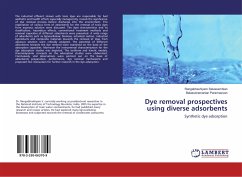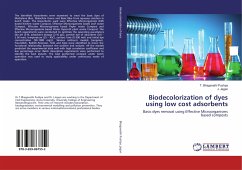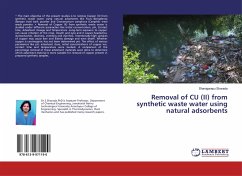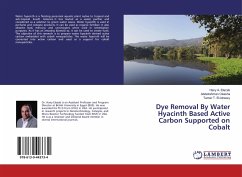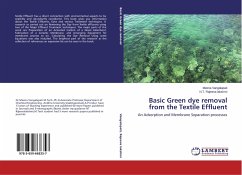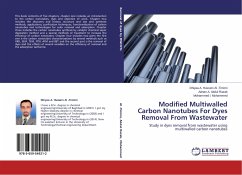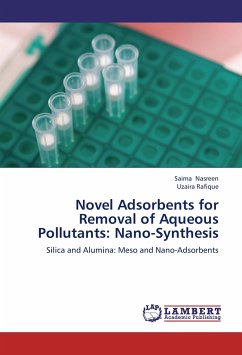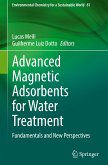The industrial effluent stream with toxic dyes are responsible for bad aesthetic and health effects especially mutagenicity, reveals the significance of dye removal process before discharge into the environment. The exploration of various form of adsorbents for the removal of toxic dyes from aqueous solution were discussed. The dyes characteristics and its classification, hazardous effects, conventional treatment methods and removal capacities of different adsorbents were presented. A wide range of adsorbents such as lignocellulosic biomass, activated carbon, industrial byproducts and composite materials towards the removal of dyes from aqueous solution were critically analyzed. The potential of different adsorbents towards the dye removal were examined on the basis of the adsorption capacities. Moreover the instrumental characterization for the dye adsorption studies was depicted. The isotherm and kinetic models, thermodynamic concepts on the adsorption studies were elaborated. Conclusively, vital observations were pointed out on the basis of adsorbents preparation, performance, dye removal mechanisms and proposed few insinuation for further research in the dye adsorption.
Bitte wählen Sie Ihr Anliegen aus.
Rechnungen
Retourenschein anfordern
Bestellstatus
Storno

